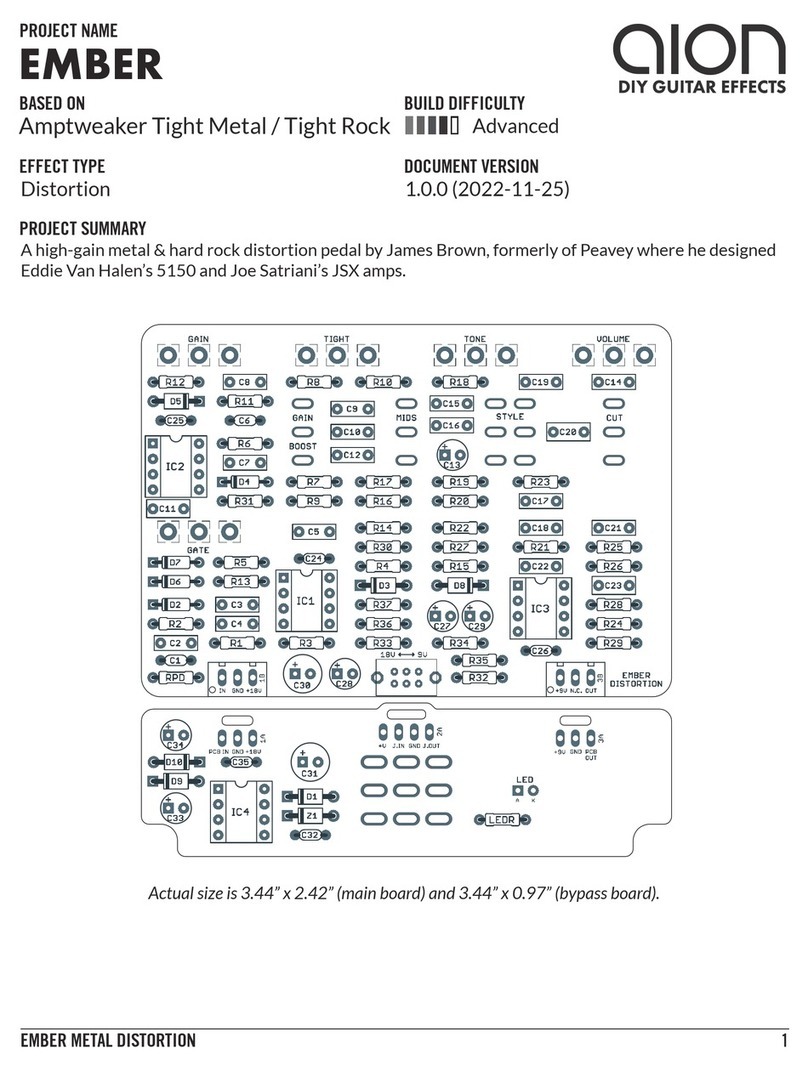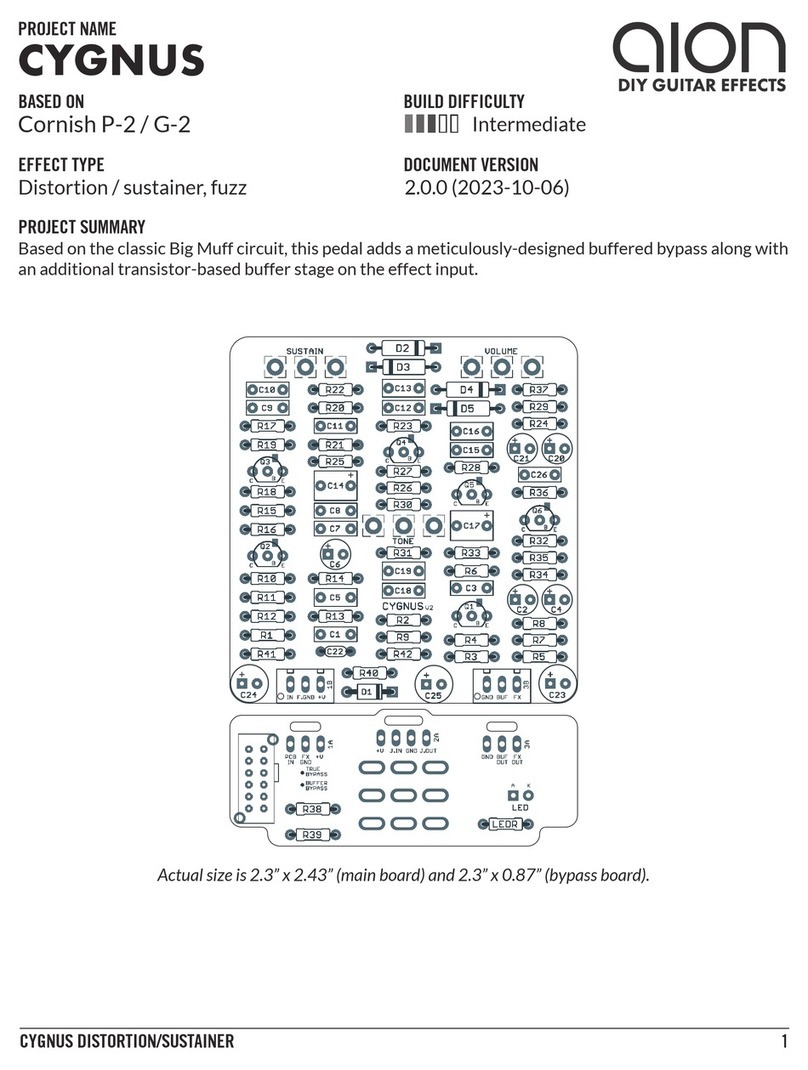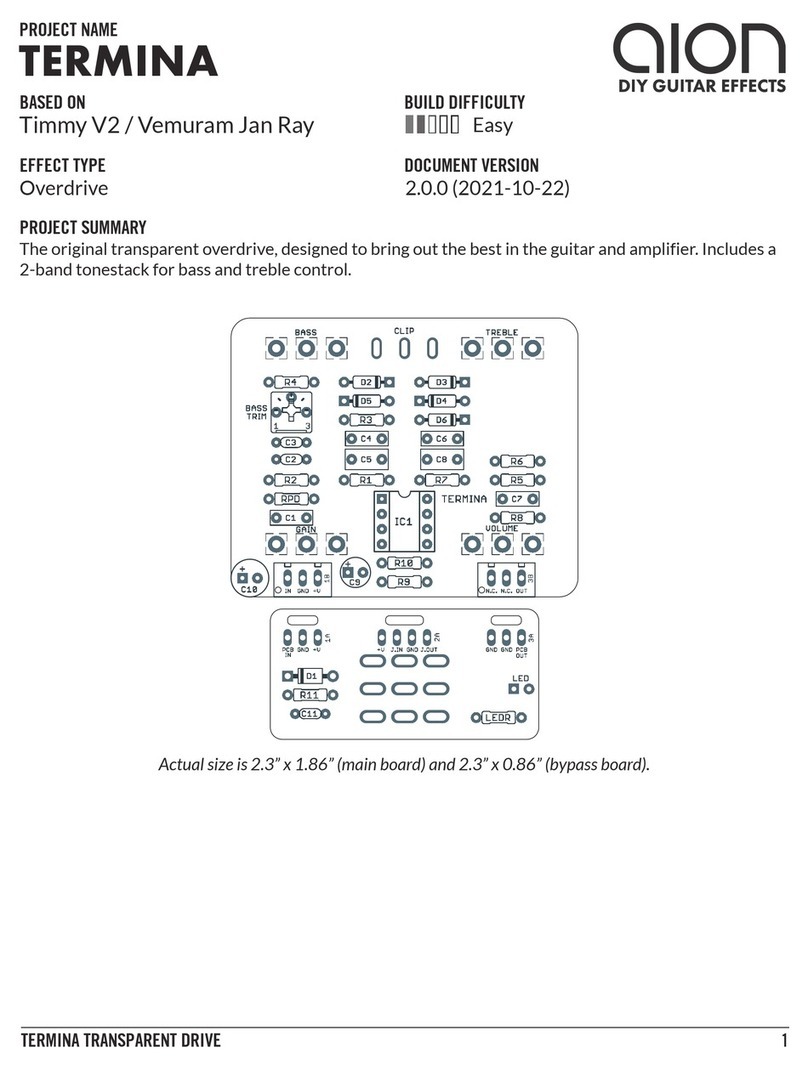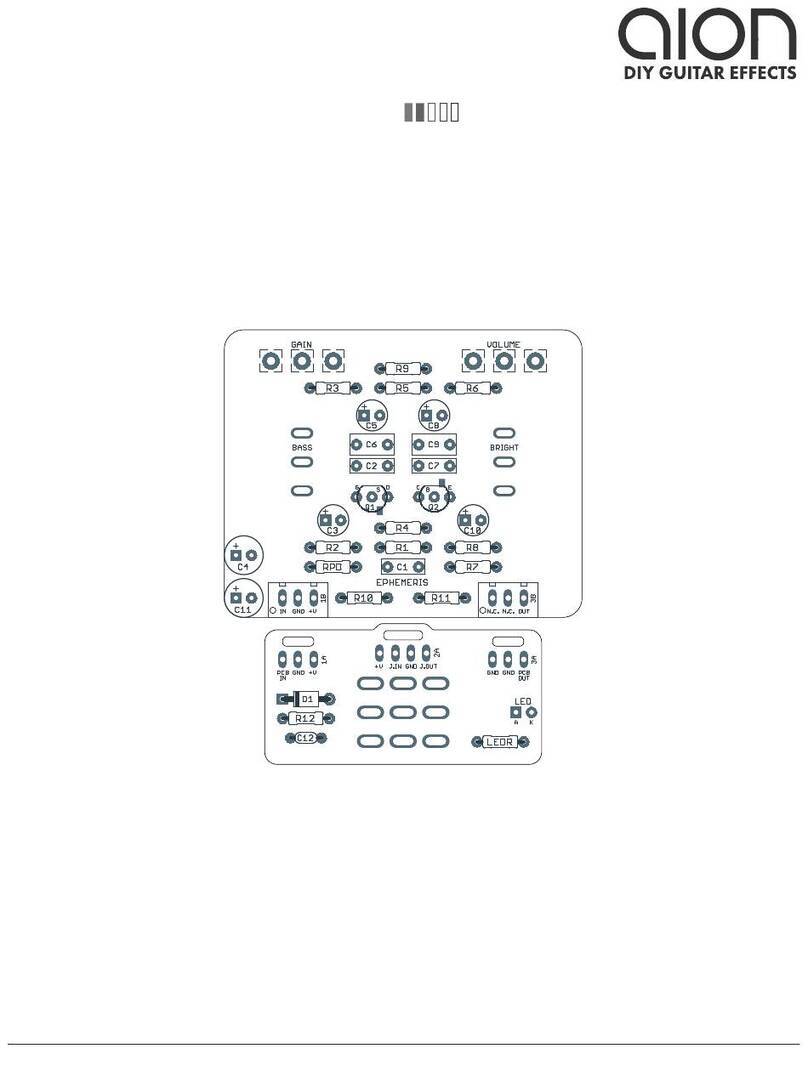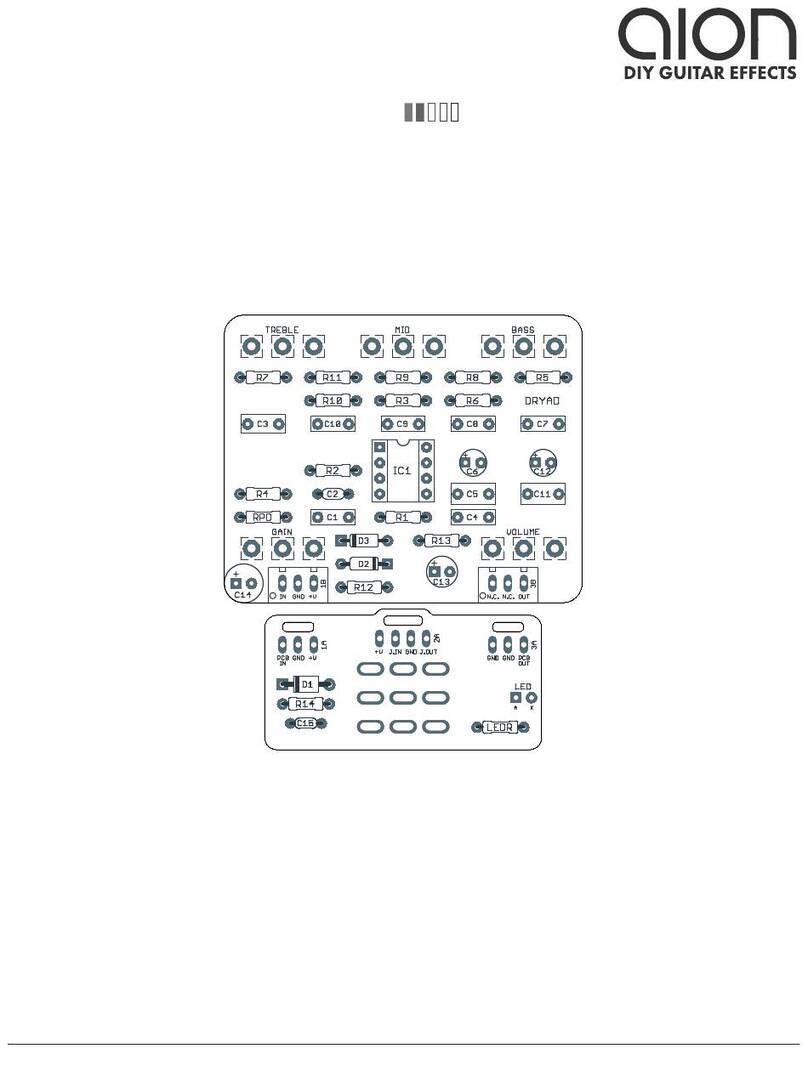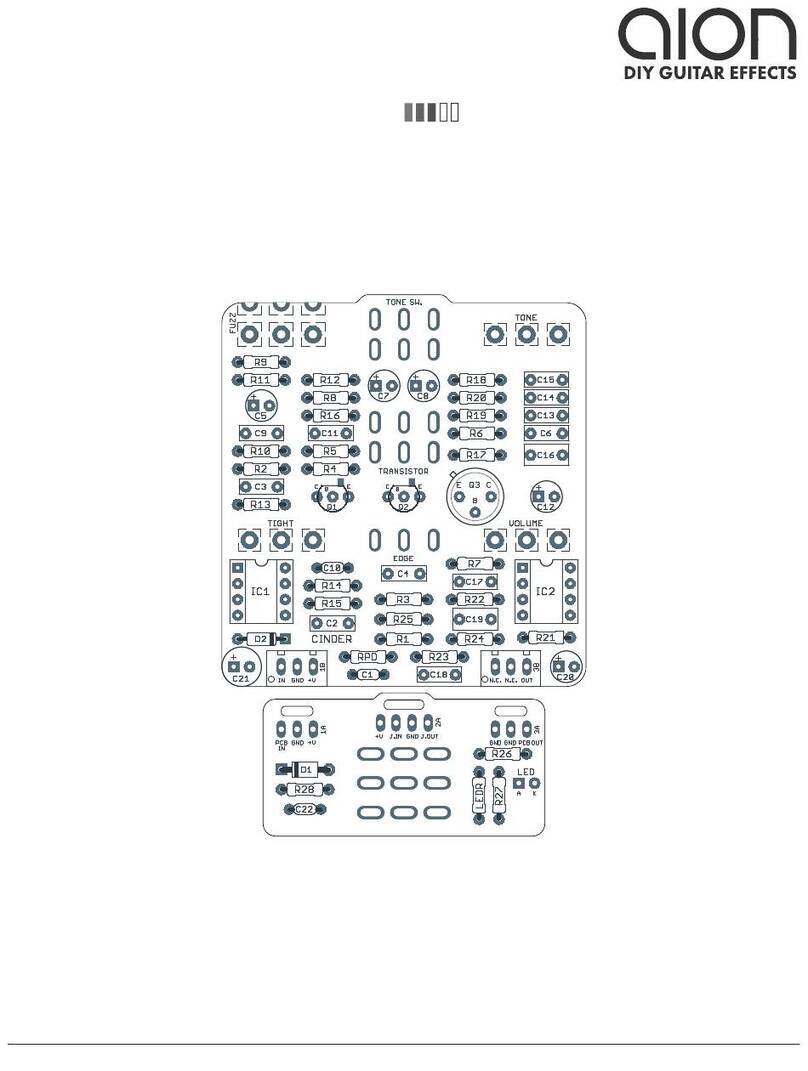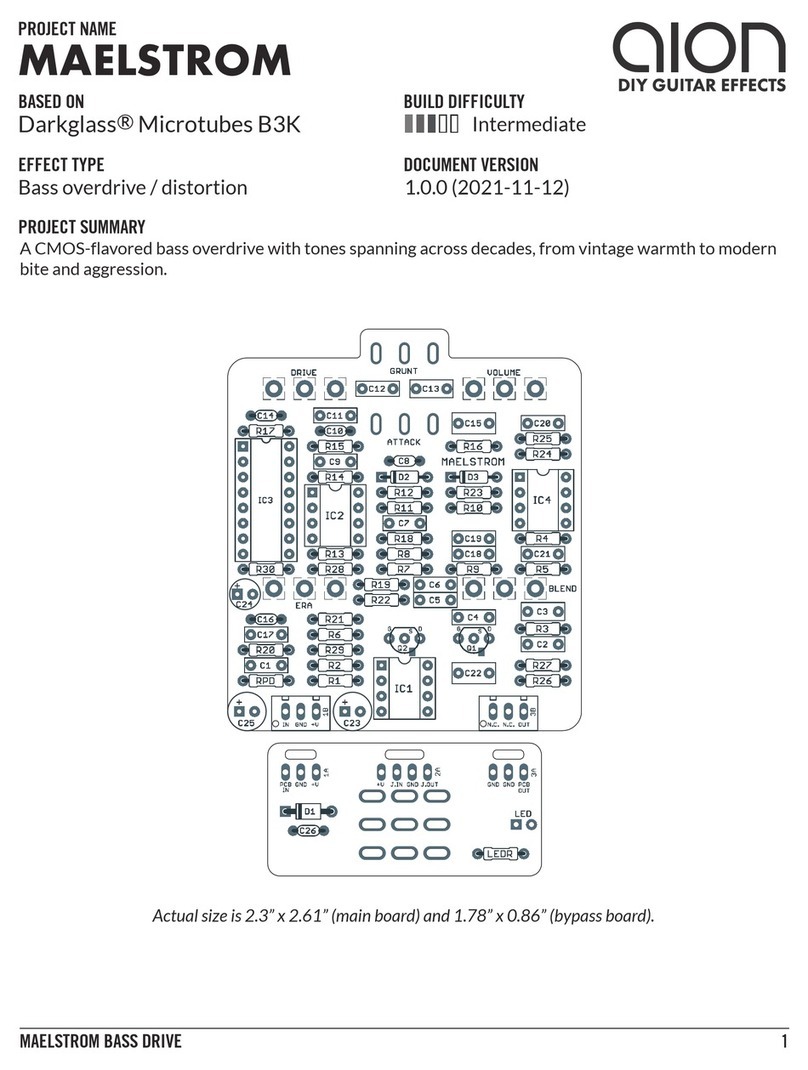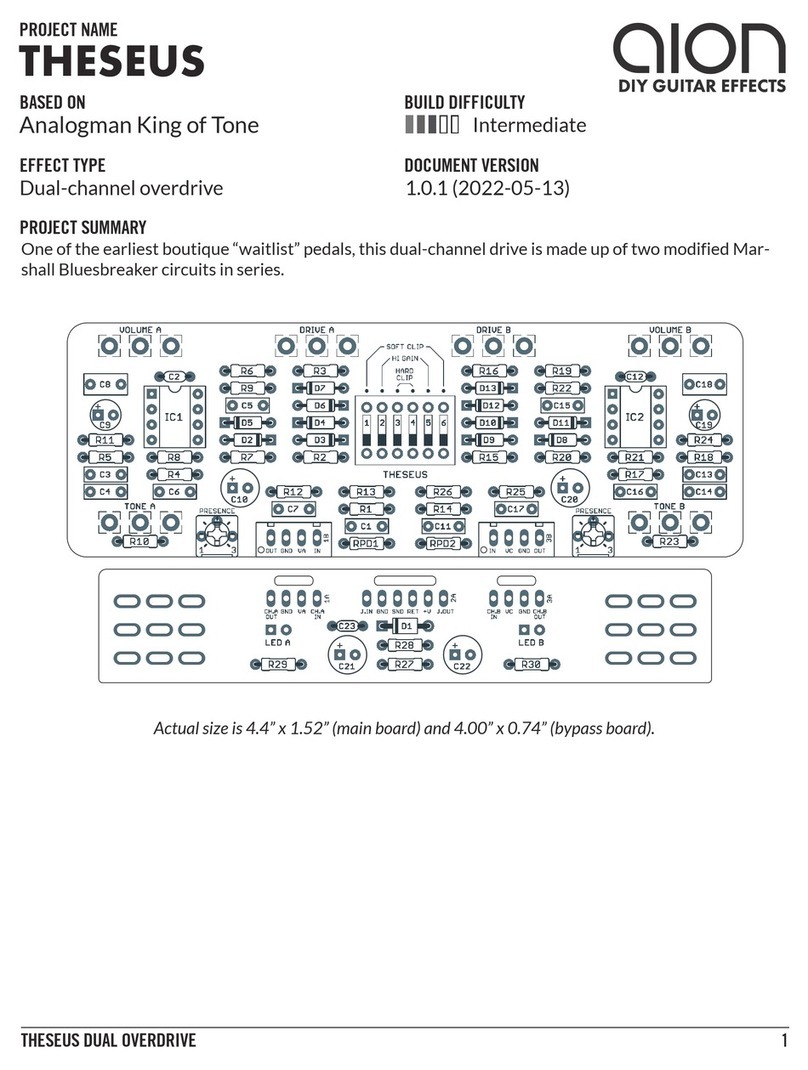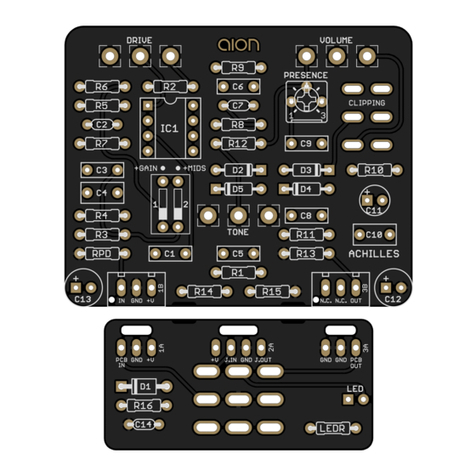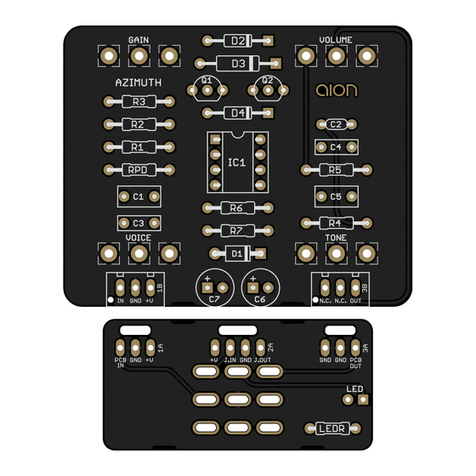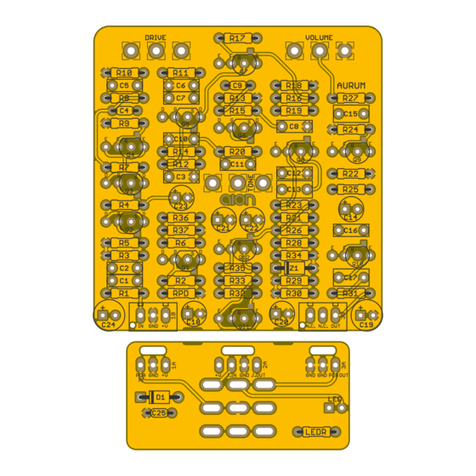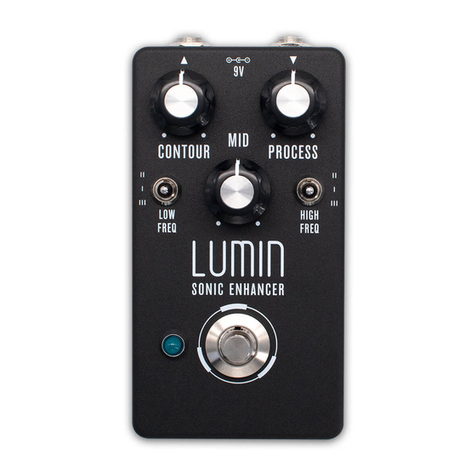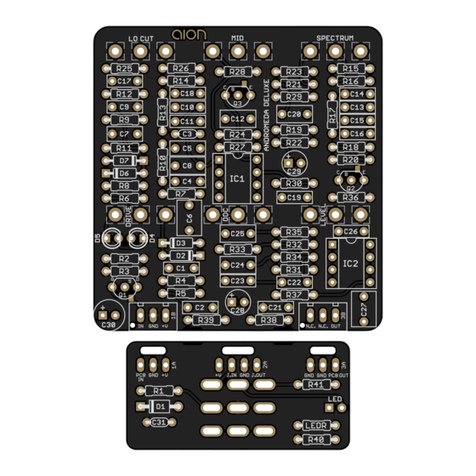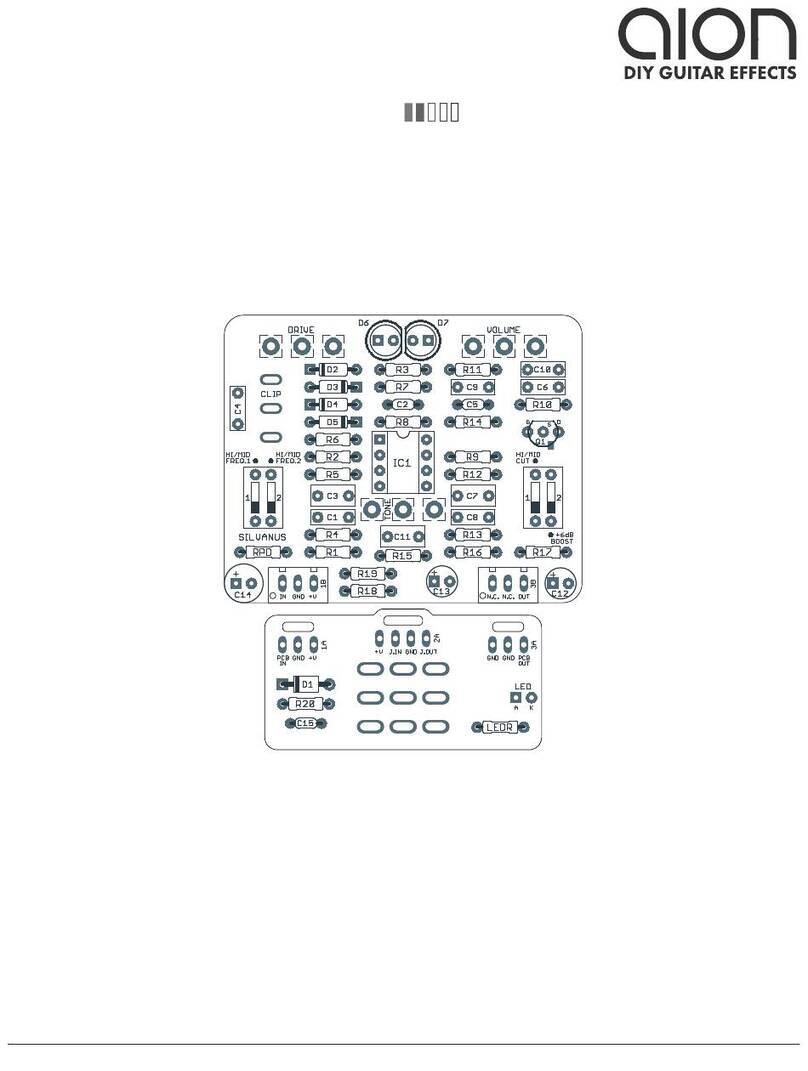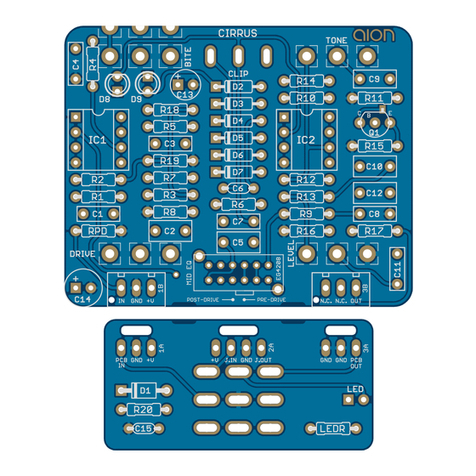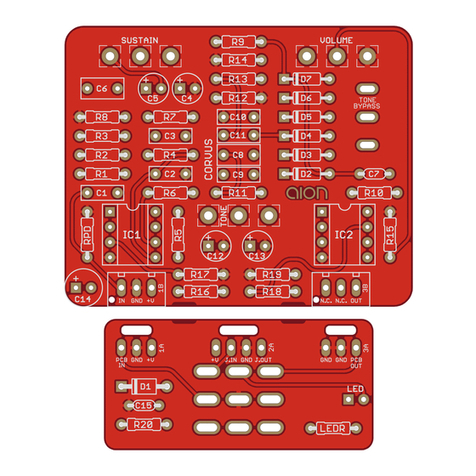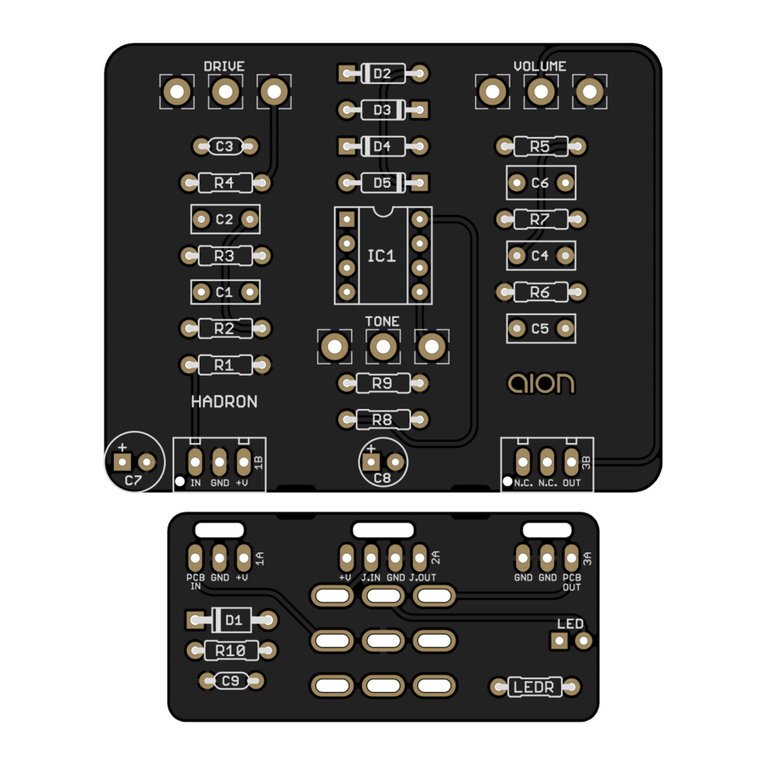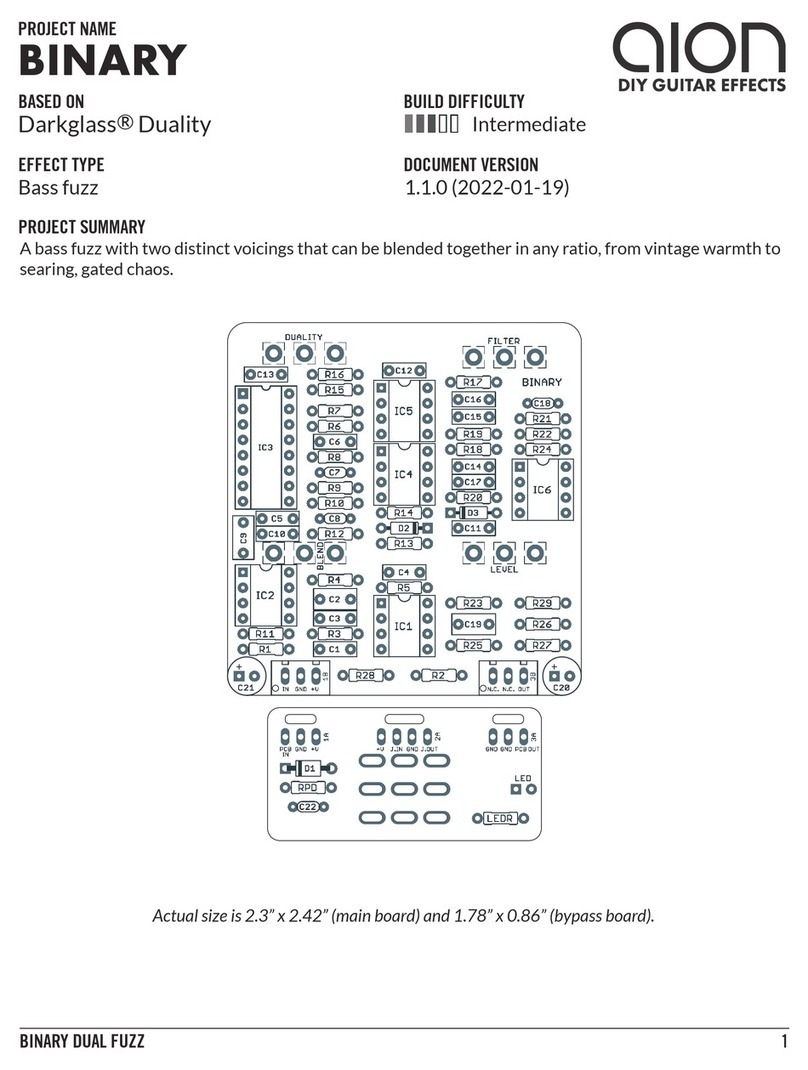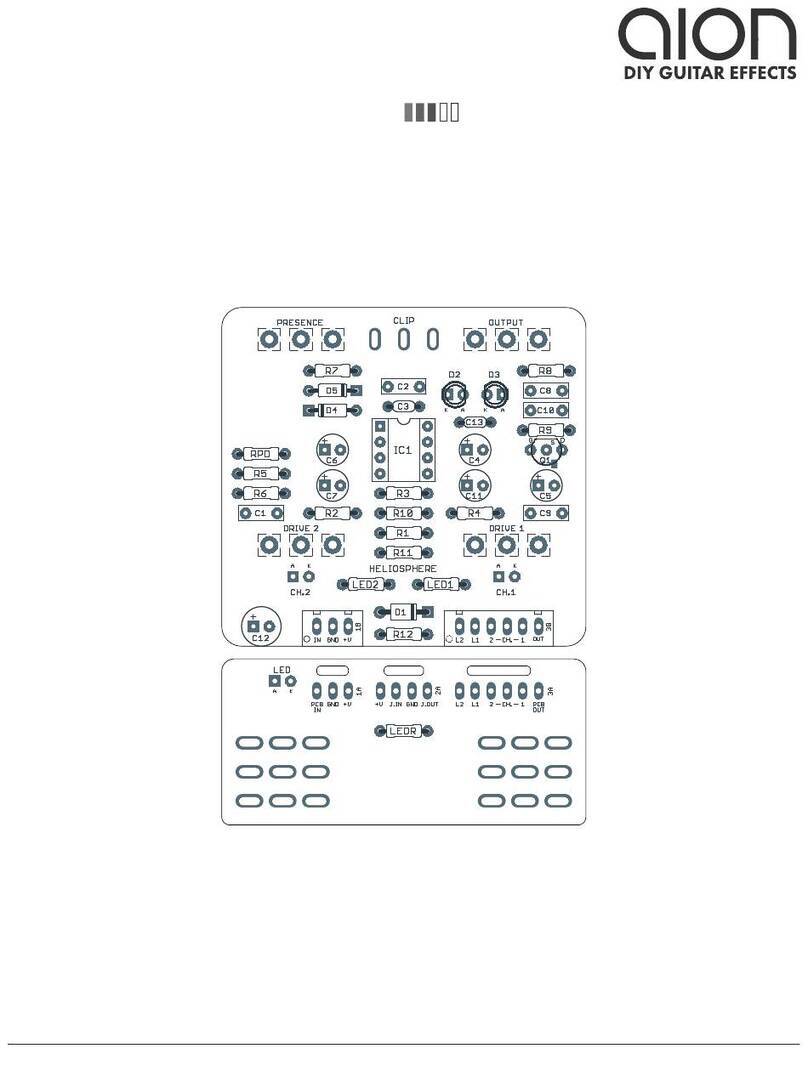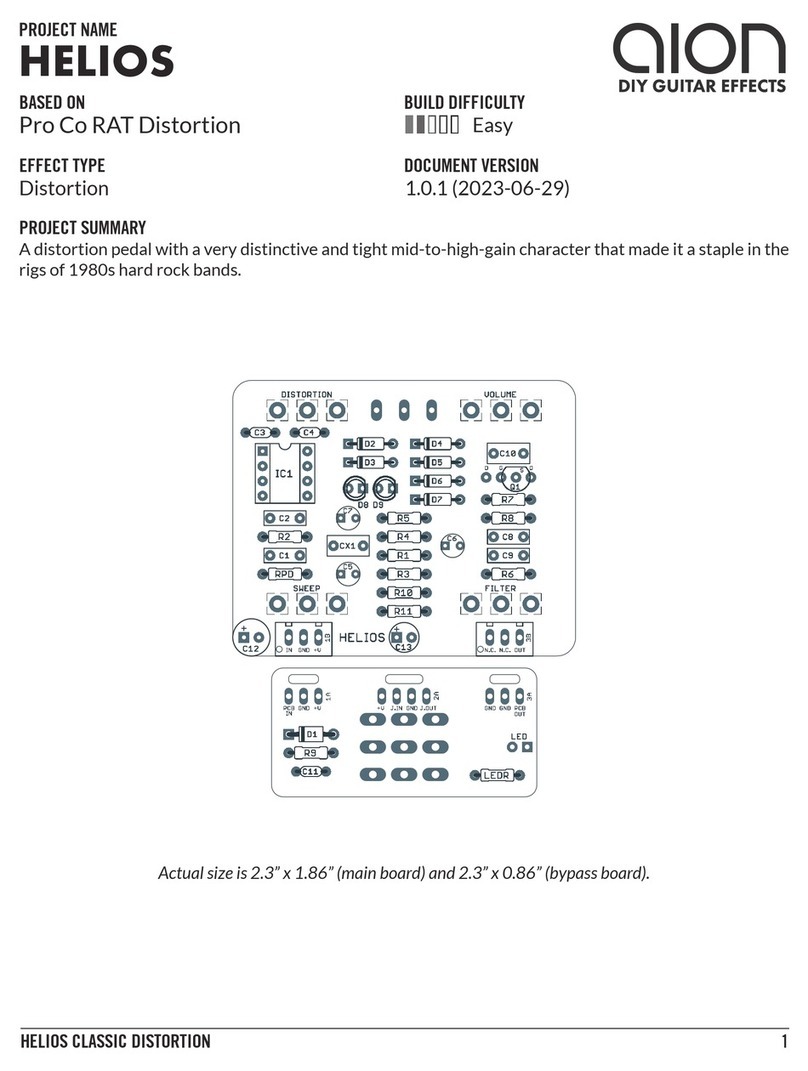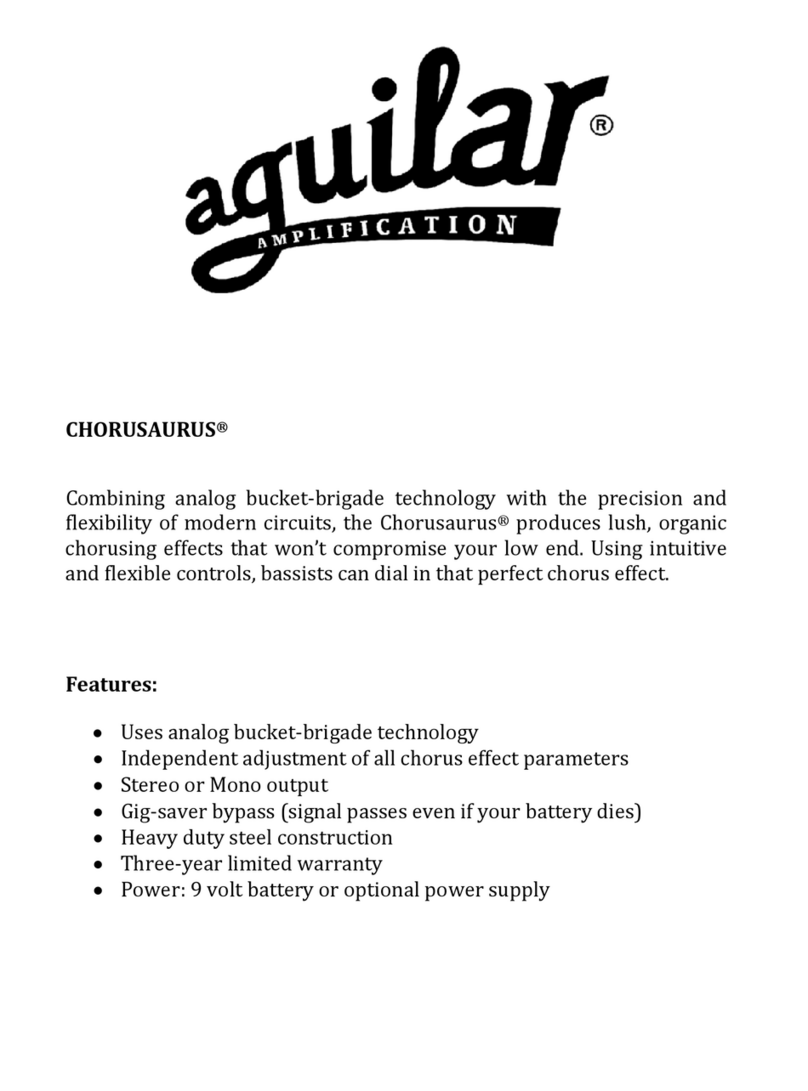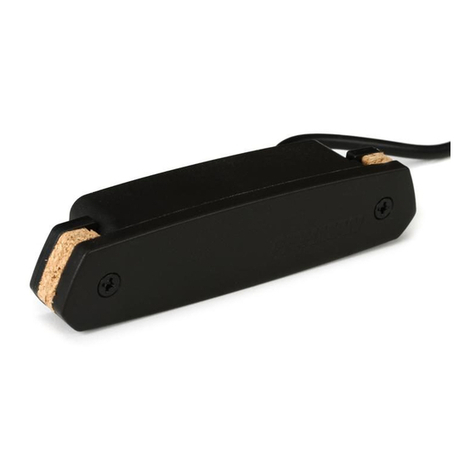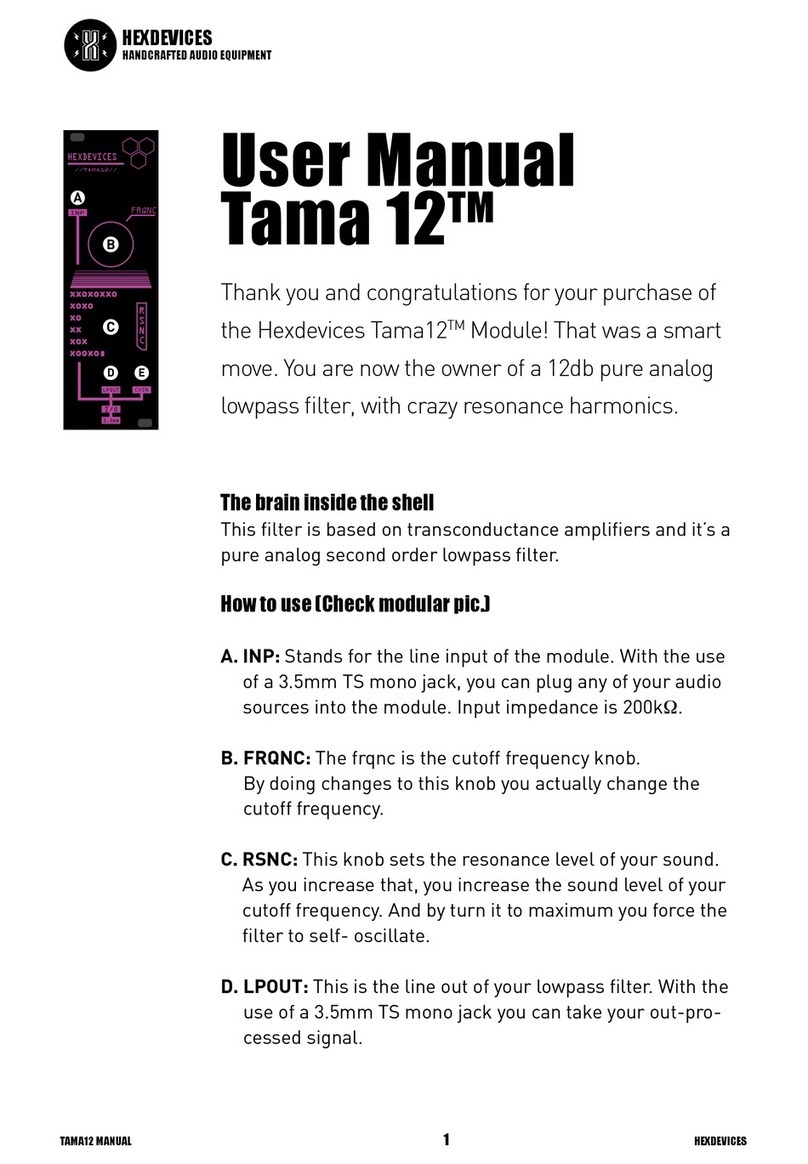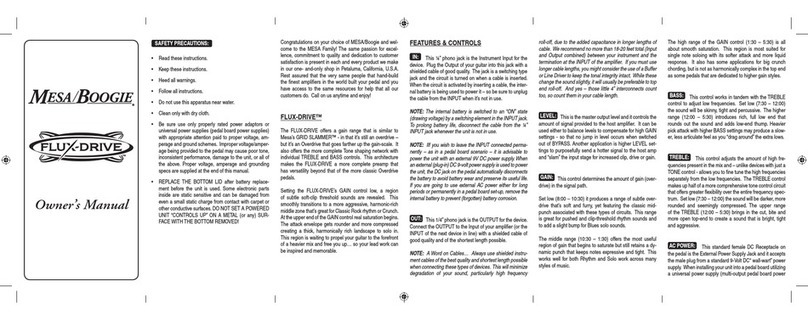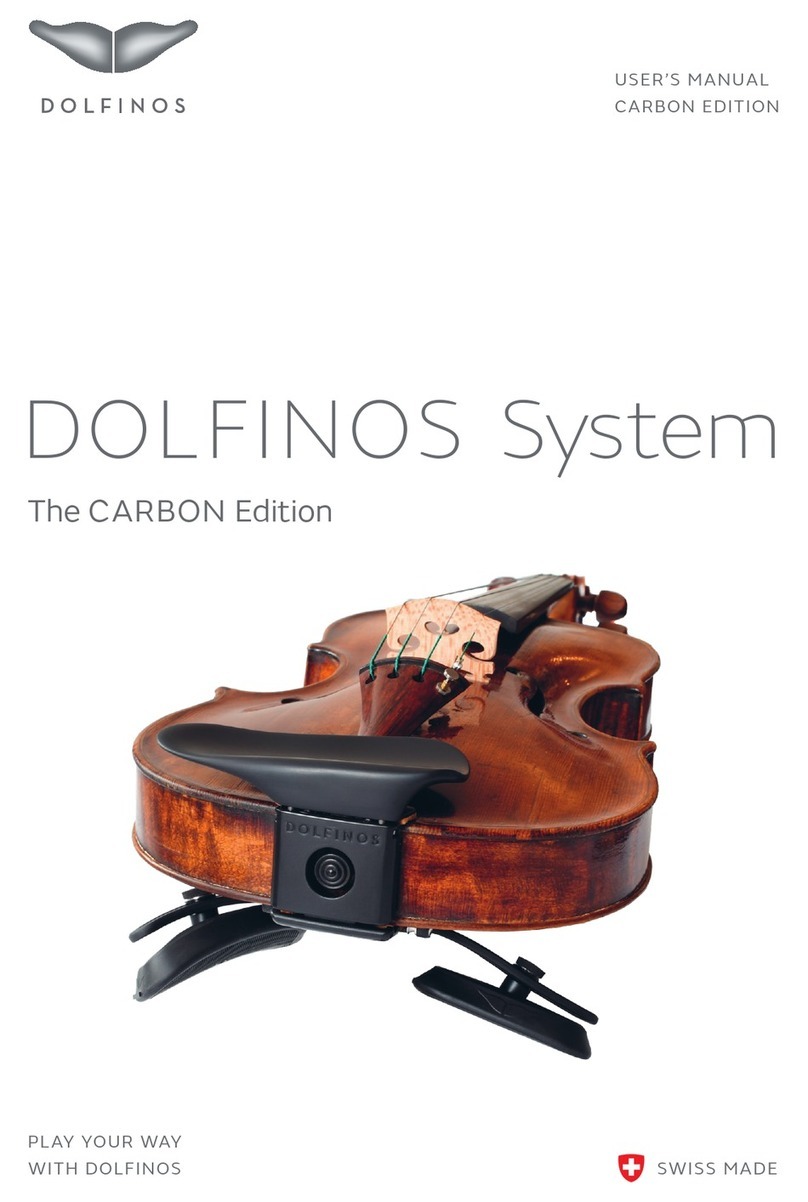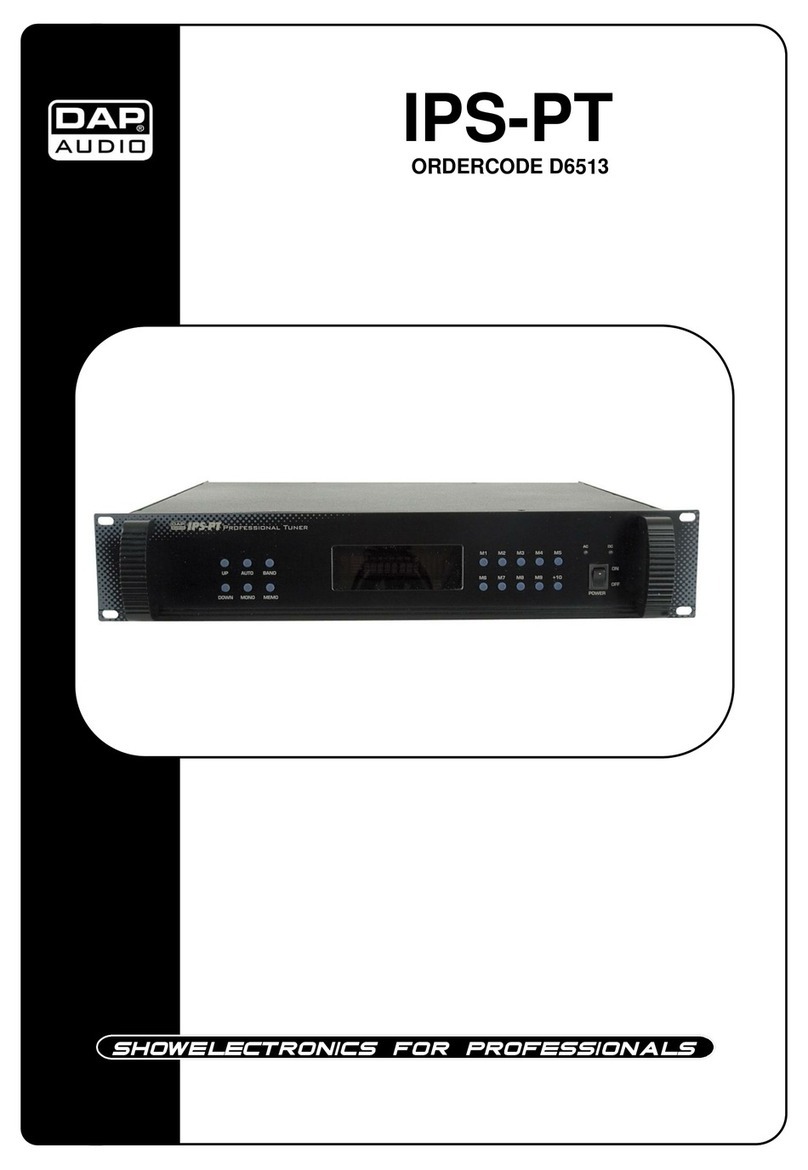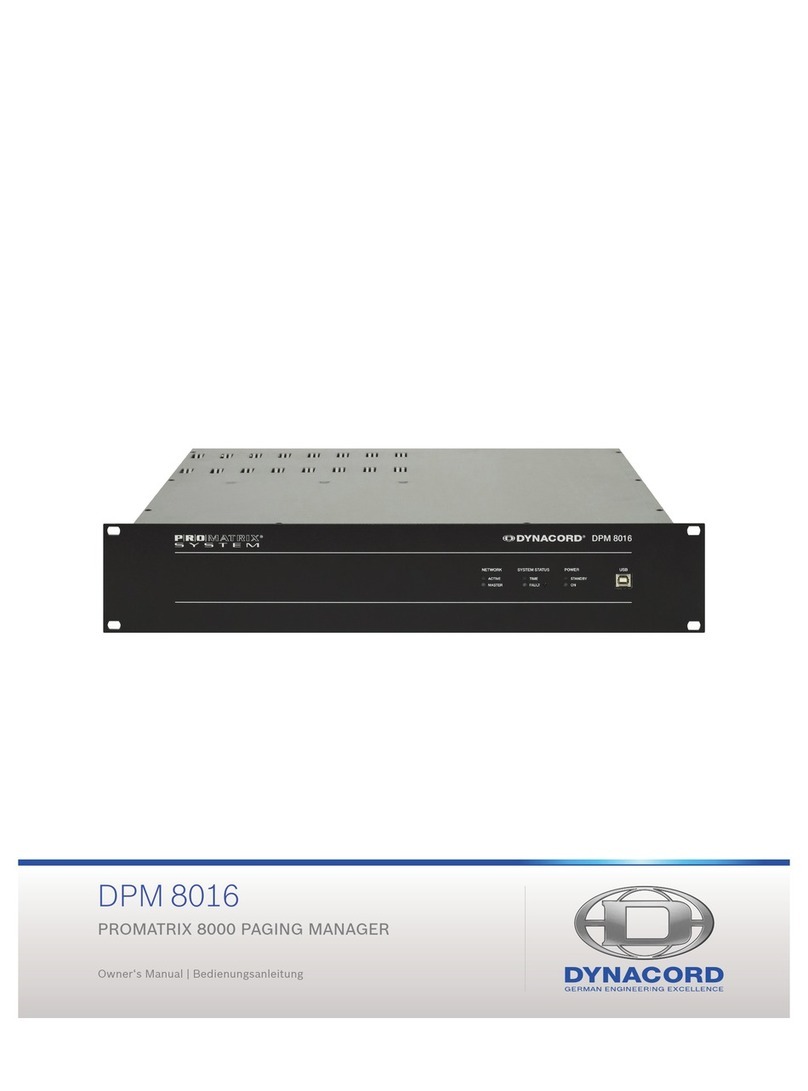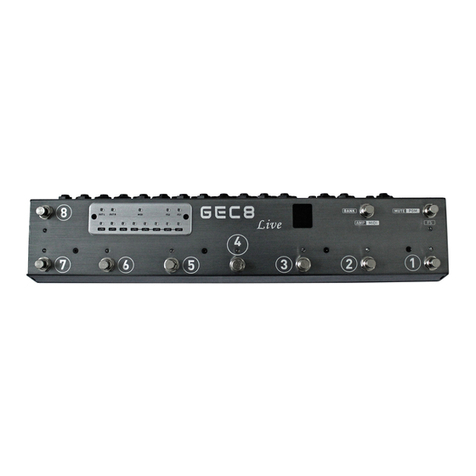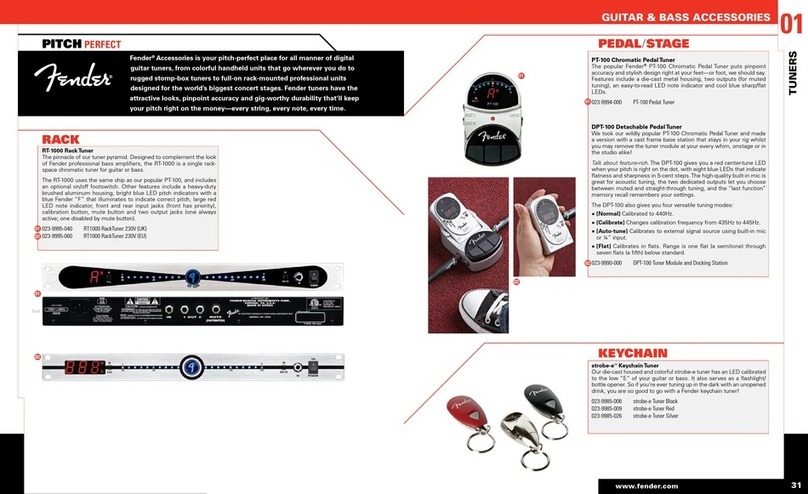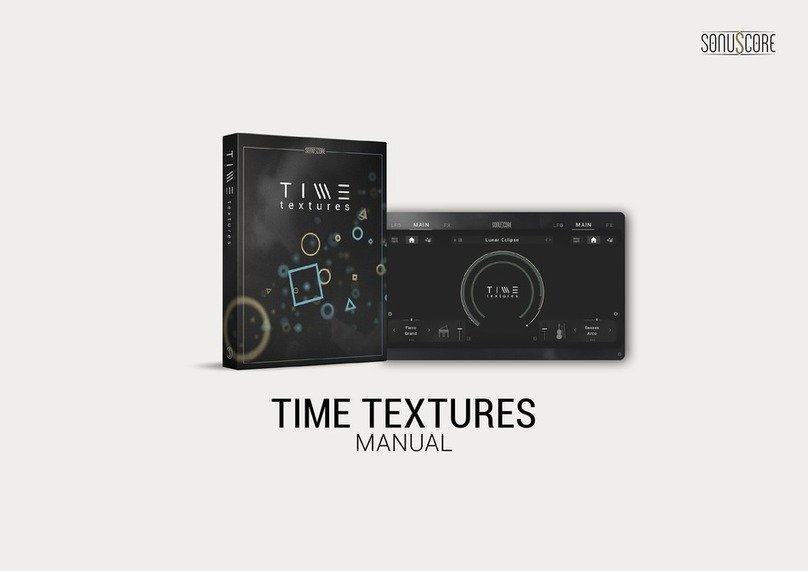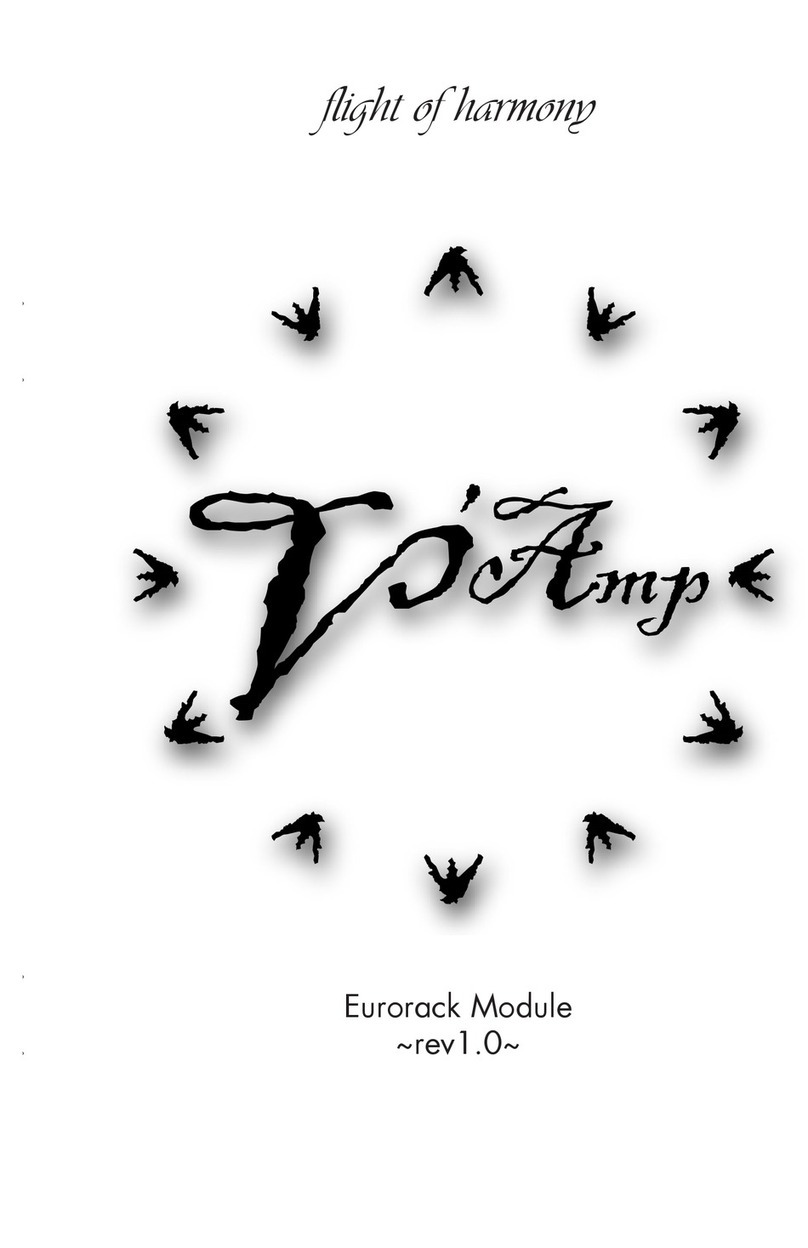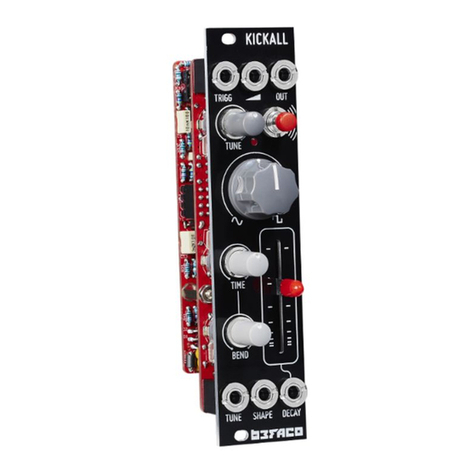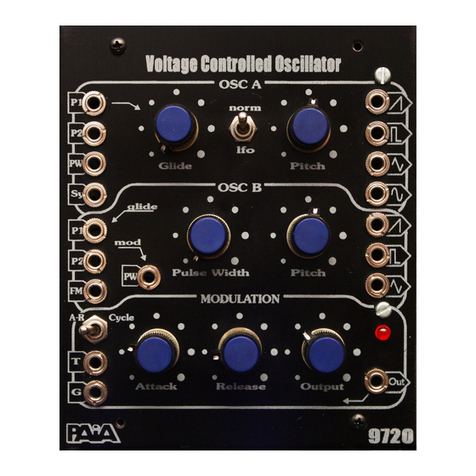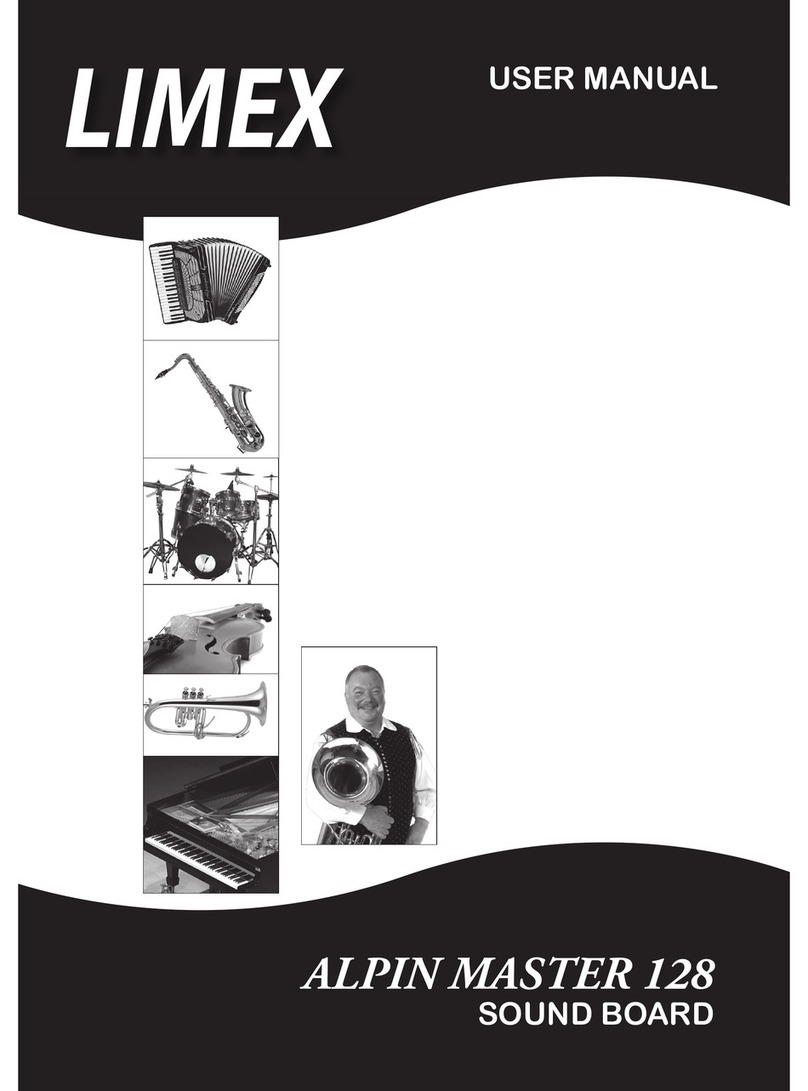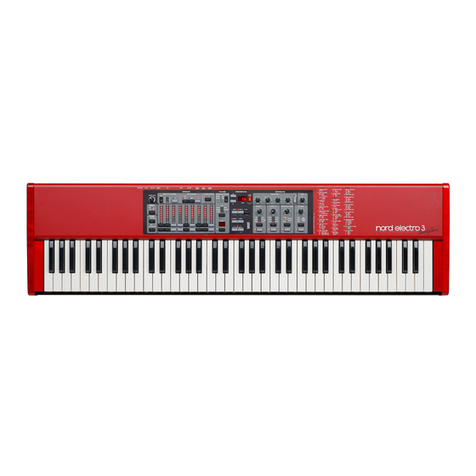
NEREUS OCTAVE FUZZ 3
PARTS LIST
This parts list is also available in a spreadsheet format which can be imported directly into Mouser for
easy parts ordering. Mouser doesn’t carry all the parts (most notably potentiometers) so the second tab
lists all the non-Mouser parts as well as sources for each.
View parts list spreadsheet →
PART VALUE TYPE NOTES
R1 120k Metal film resistor, 1/4W
R2 6k8 Metal film resistor, 1/4W
R3 150k Metal film resistor, 1/4W Carbon comp measured 159.8k in original circuit. See build notes.
R4 1k8 Metal film resistor, 1/4W
R5 470R Metal film resistor, 1/4W
R6 130R Metal film resistor, 1/4W
R7 15k Metal film resistor, 1/4W Carbon comp measured 17.1k in original circuit. See build notes.
R8 470k Metal film resistor, 1/4W
R9 220k Metal film resistor, 1/4W
R10 10k Metal film resistor, 1/4W
R11 10k Metal film resistor, 1/4W
R12 2M2 Metal film resistor, 1/4W
R13 100k Metal film resistor, 1/4W
R14 680k Metal film resistor, 1/4W
R15 100k Metal film resistor, 1/4W
R16 100k Metal film resistor, 1/4W
R17 100R Metal film resistor, 1/4W Power supply filter resistor.
RPD 2M2 Metal film resistor, 1/4W Input pulldown resistor. Can be as low as 1M.
LEDR 10k Metal film resistor, 1/4W LED current-limiting resistor. Adjust value to change LED brightness.
C1 1n Film capacitor, 7.2 x 2.5mm
C2 33n Film capacitor, 7.2 x 2.5mm
C3 47pF MLCC capacitor, NP0/C0G
C4 22uF Electrolytic capacitor, 5mm
C5 22uF Electrolytic capacitor, 5mm
C6 1n Film capacitor, 7.2 x 2.5mm
C7 680n Film capacitor, 7.2 x 4.5mm
C8 470n Film capacitor, 7.2 x 3mm
C9 2.2uF Film capacitor, 7.2 x 5mm Can also use electrolytic (polarity marked on PCB).
C10 2.2uF Film capacitor, 7.2 x 5mm Can also use electrolytic (polarity marked on PCB).
C11 68n Film capacitor, 7.2 x 2.5mm
C12 100uF Electrolytic capacitor, 6.3mm Power supply filter capacitor.
C13 100n MLCC capacitor, X7R Power supply filter capacitor.
